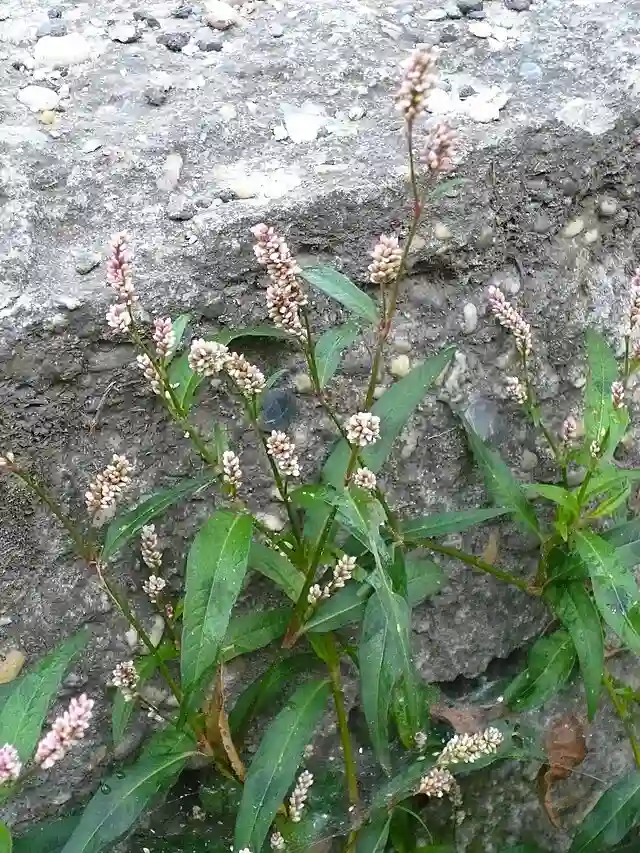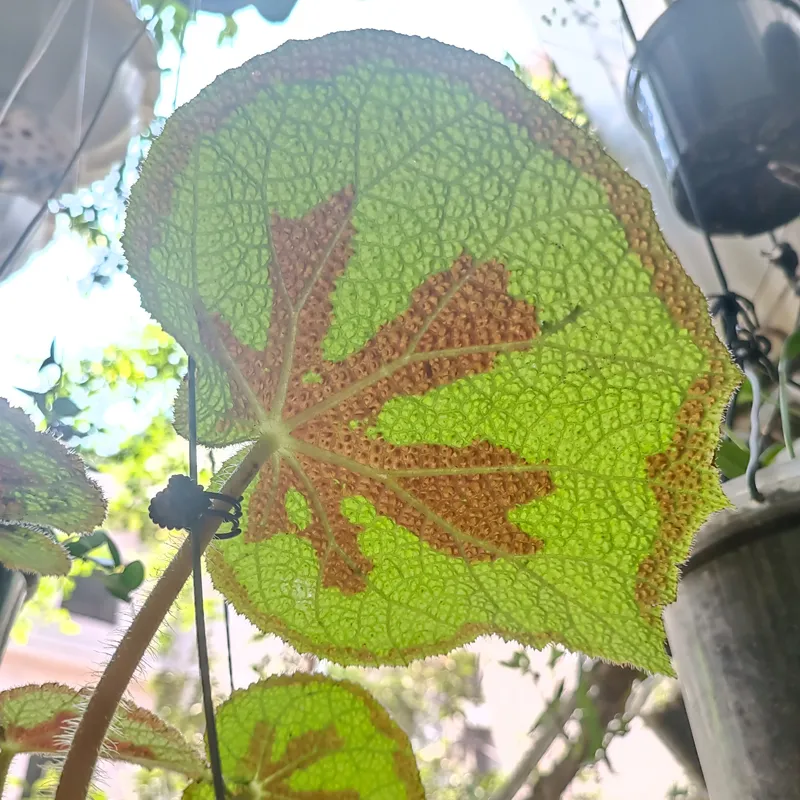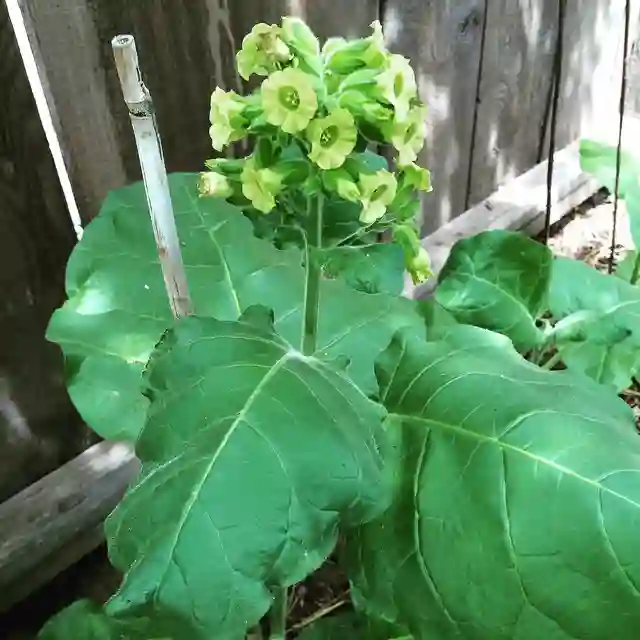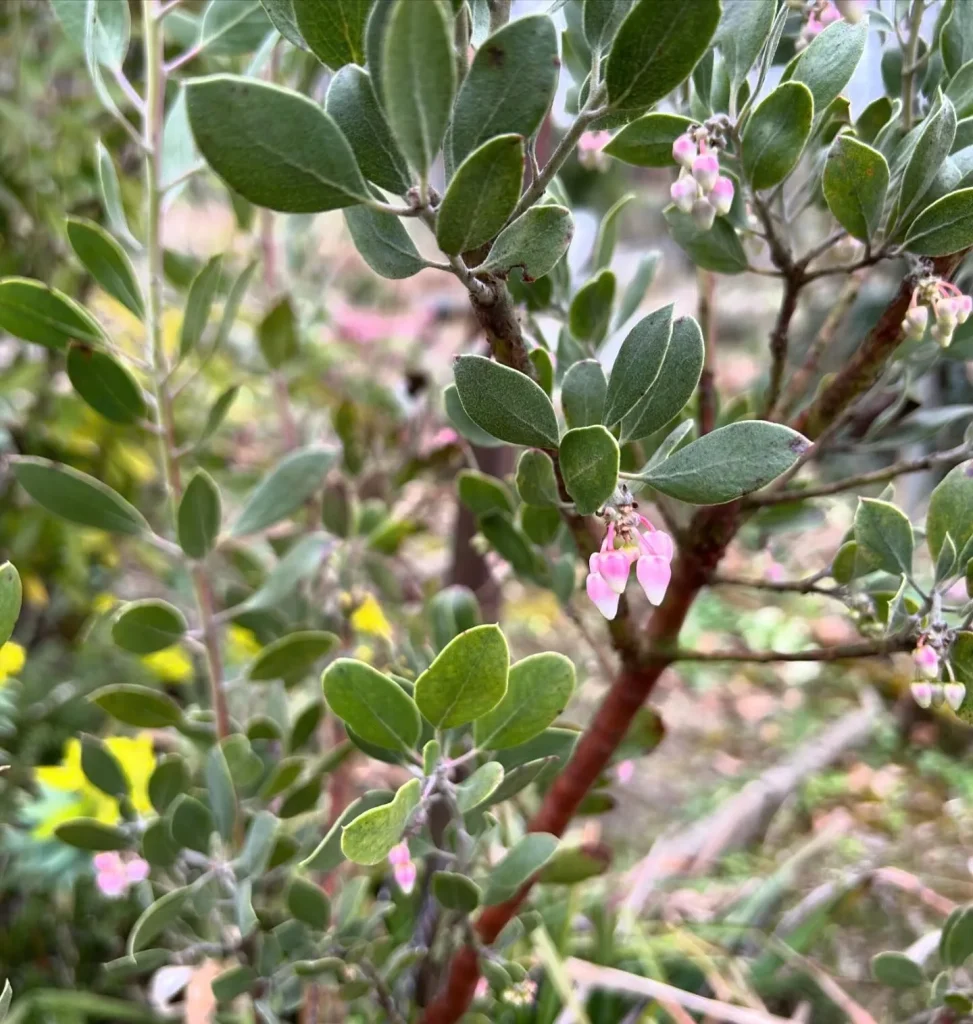The Allure of the Galaxy Magnolia: A Gardener’s Guide
There’s a certain magic to springtime. The world awakens from its winter slumber, bursting forth with vibrant colors and delicate fragrances. And for me, a significant part of that magic comes in the form of the Magnolia Galaxy. This stunning tree, a product of human ingenuity and nature’s artistry, has become a jewel in my garden.
Over the years, I’ve learned the intricacies of caring for this beauty, and I’m eager to share that knowledge with fellow plant enthusiasts. So, let’s delve into the world of the Galaxy Magnolia, exploring its seasonal cycle, ideal planting locations, and some companion planting ideas.
371 Species in Genus Magnolia
Galaxy Magnolia vs Saucer Magnolia
I’ve grown both Galaxy Magnolia and Saucer Magnolia in my garden, and I’ve found that the Galaxy Magnolia has a more compact and dense growth habit, which is perfect for smaller spaces. In contrast, the Saucer Magnolia tends to be larger and more open, offering a more dramatic display of blooms. The Galaxy’s flowers have a rich, deep pink color that really stands out, while the Saucer Magnolia’s flowers are a softer pink with a more traditional look. I appreciate how the Galaxy Magnolia blooms a bit earlier in the spring, extending the flowering season, whereas the Saucer Magnolia’s bloom is a bit later but often lasts longer. Overall, I prefer the Galaxy Magnolia for its size and earlier bloom, but the Saucer Magnolia’s classic charm is hard to beat.
When Does Galaxy Magnolia Get Leaves?
The Galaxy Magnolia is a deciduous tree, meaning it sheds its leaves in fall and stands bare throughout winter. But fear not, for come spring, it unveils its verdant cloak once more. Typically, new leaves emerge in late April or early May, coinciding with the tail end of spring. This ensures the delicate foliage avoids the harsh frosts that can sometimes linger in early spring.
When Does Galaxy Magnolia Bloom?
The true spectacle of the Galaxy Magnolia arrives a little before its leaves unfurl. In mid-spring, the tree erupts in a profusion of large, cup-shaped flowers. These captivating blooms start as deep red-purple buds, gradually opening to reveal a stunning display of pinkish-purple hues.
The best part? The Galaxy Magnolia is a late bloomer. This means it escapes the clutches of late spring frosts that can devastate early-blooming varieties. So, you can rest assured that your tree will put on a show, come rain or shine.
Where to Plant Magnolia Galaxy?
Finding the perfect spot for your Galaxy Magnolia is crucial for its health and visual impact. Here are some key considerations:
- Sunlight: This beauty thrives in full sun to part shade. Aim for at least six hours of direct sunlight daily.
- Soil: Well-drained soil is paramount. The Galaxy Magnolia dislikes soggy conditions, so ensure the planting area allows for proper drainage. Opt for organically rich, neutral to slightly acidic soil for optimal results.
- Space: Remember, this tree can reach heights of 7 to 12 meters (23 to 40 feet) at maturity. Choose a location with ample space for it to grow majestically. Consider its mature size to avoid conflicts with overhead power lines or structures.
How to care for Galaxy Magnolia Care?
With proper planting and a little TLC, your Galaxy Magnolia will reward you with years of stunning blooms. Here are some additional pointers:
- Watering: Water regularly, especially during the first few years after planting. Aim for consistent moisture without creating waterlogged conditions. As the tree matures, watering needs decrease.
- Mulching: Apply a layer of mulch around the base of the tree to retain moisture, suppress weeds, and regulate soil temperature.
- Pruning: While not strictly necessary, light pruning after flowering can help maintain the desired shape and encourage bushier growth.
Companions for Your Galaxy Magnolia
The Galaxy Magnolia can be the star of the show, but incorporating complementary plants can enhance the visual appeal of your garden. Here are some ideas:
- Spring Bulbs: Early-blooming bulbs like daffodils or crocuses create a colorful carpet beneath the bare branches before the Magnolia blooms.
- Azaleas and Rhododendrons: These flowering shrubs share similar soil preferences and add a burst of color later in the spring.
- Hostas: These shade-loving perennials provide a lush contrast to the Magnolia’s upright form and thrive in the dappled shade created by its leaves.
A Final Word
The Galaxy Magnolia is more than just a beautiful tree; it’s a testament to the harmonious blend of nature and human intervention. By providing the right care and environment, you can nurture this magnificent specimen and enjoy its breathtaking blooms for years to come. So, if you’re looking for a showstopper for your garden, consider adding the Galaxy Magnolia to your plant family. You won’t be disappointed.
If i die, water my plants!



